Vintage 50mm TIMING & REPEATING WATCH CO CHRONOGRAPH Pocket Watch STAFF REPAIRS
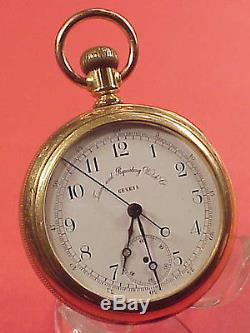
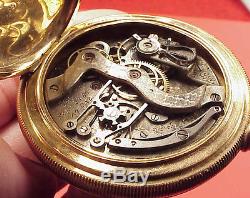
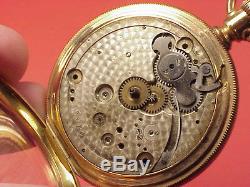
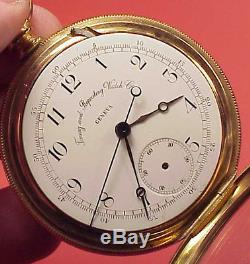
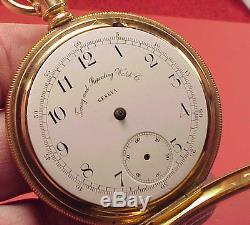
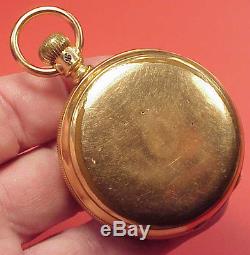
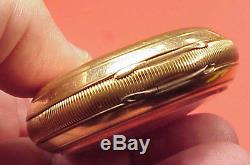
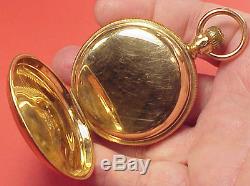
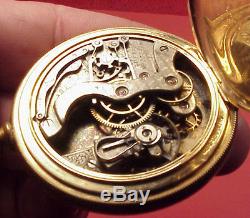
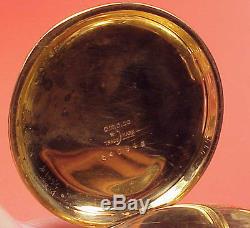
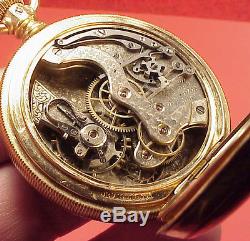
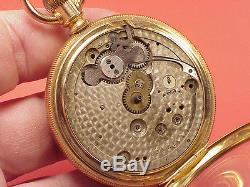

OF THE BACK BUT A VERY. THE WEAR SEEMS TO HAVE. BEEN TO THE BACK OUTER. WITH FAINT LINE AT -7. Be it known that I, HENRY A.
LUGRIN, of the city, county, and State of New York, have invented certain newand useful Improvements in Stop-Watches, of which the following is' a specification. A brief history of the revered movement maker with a deep legacy in Swiss watchmaking.The Vallée de Joux has for centuries been one of Switzerlands most fertile in terms of horological movement design and manufacture. One of those movement manufacturers was Lémania, which had its basis in LOrient, just southwest of the Lac de Joux. The great Swiss movement companies often had their start with the vision and skill of just one man, and for Lémania, Alfred Lugrin was that man. Henry Alfred Lugrin and his brother Alfred were both born and raised in Switzerland around the middle of the 19th century. (Some say Henry Alfred was born in 1848 and Alfred in 1858).
Henry Alfred learned ébauche and movement design and construction in his late teens, and then left for the United States in 1868; he immediately took up watchmaking in New York City. He would go on to file numerous patents for his stopwatch, chronograph and repeating movement designs made for Waltham and Wittnauer in America, and the Timing and Repeating Watch Co. The younger Alfred chose to remain in Switzerland and worked for a number of companies in and around the valley lake region.Alfred, like his older brother, was particularly skilled in the design of chronographs and he patented a design in the late 1870s which came to the attention of Longines. Chronographs were not Alfred Lugrins only focus. Note the quarter repeater (pictured here) with movement signed A. Lugrin that was made circa 1880.
In LOrient in 1884 and received a patent due to his significant improvement in movements. He also received one Brevet No. 359 for the refinement of his own chronograph movement, which is documented in an advertisement from 1896 for watches made by Jules-Fred Jeanneret in St. As a result of these successes, A.
Became known as an innovative maker of chronograph movements and won awards for caliber designs. It won medals for entries in the 1906 Milan fair and the 1914 Bern fair. Swiss records document that on March 12, 1918, the name of the Lémania Watch Company is registered in the Canton of Vaud.
According to NAWCC life-member Claude Girardin, operation of the company passed to Alfred Lugrins son-in-law Marius Meylan as its new managing director in about 1920. In 1930 the Société Suisse pour lIndustrie Horlogère (SSIH) was formed when Omega and Tissot joined forces.
This proved mutually beneficial as Omega in particular would now have free access to Lémanias superb chronograph movements and Lémania was free to continue to market watches under its own name and it did so for decades. Albert Piquet was one of the firms star designers. His career at Lémania would more than forty years. One of his first designs was the Lémania 27-CHRO-12, released in 1942. The movement was a tri-compax chronograph with column wheel that included 12-hour elapsed time indication.Working in conjunction with Omega, Piquet further refined this movement to include shock protection and an antimagnetic balance spring, and Omega introduced it in 1946 as the now famed Cal. Lémania, Omega and the Speedmaster. While Lémania and Omega had produced manual-wind chronographs during this period, the 1957 introduction of the Omega Speedmaster profoundly affected the fortunes of both companies.
The Speedmaster was powered by the Omega caliber 321 movement, but it was its brilliant horological industrial design that would see it go on to become a timekeeping icon of the 20th century. The Speedmaster was adopted by NASA for its manned spaceflight program and was informally worn during the latter missions of the Mercury program.
It was astronaut Ed Whites spacewalk outside his Gemini capsule that catapulted the Speedmaster to worldwide renown. Henceforth, Omega called it the Speedmaster Professional.With Apollo 11the first manned landing on the Moonboth Neil Armstrong and Buzz Aldrin wore their Speedmasters as crucial timekeeping instruments and made the watch one of the most desired watches in the worldthe first watch worn on the Moonas Omega proudly advertised. A new chronograph caliber appeared in 1965the Lémania 1873 and this was the basis of the Omega 861 subsequently used in the Speedmaster Professional from late 1967 onward.
Differences from the 321 included the switch from a column wheel to a shuttle/cam chronograph mechanism, eliminating the screws in the balance wheel, increasing the beat to 21,600 bph, incorporating a flat balance spring and changing the shape of the main bridge. The item "Vintage 50mm TIMING & REPEATING WATCH CO CHRONOGRAPH Pocket Watch STAFF REPAIRS" is in sale since Wednesday, August 09, 2017. This item is in the category "Jewelry & Watches\Watches, Parts & Accessories\Pocket Watches\Antique".
The seller is "watchclub2012" and is located in Tampa, Florida. This item can be shipped to North, South, or Latin America, all countries in Europe, all countries in continental Asia, Australia.
- Brand: TIMING AND REPEATING WATCH CO
- Year of Manufacture: 1910-1919
- Material: GOLDFILLED
- Closure: Open Face
- Features: 12-Hour Dial
- Escapement Type: Lever
- Number of Jewels: 16
- MPN: Does Not Apply
- Movement: Mechanical (Hand-winding)
- Pocket Watch Size: 16
- Model: CHRONOGRAPH
- Serial Number: 29486
- Country/Region of Manufacture: Switzerland

